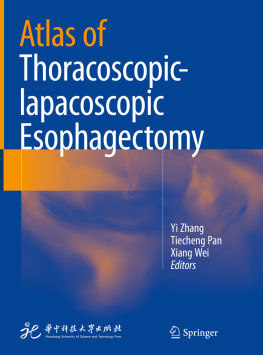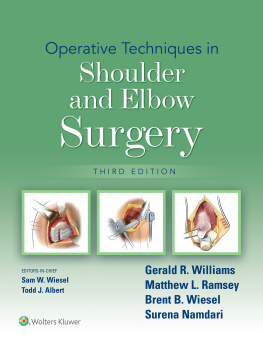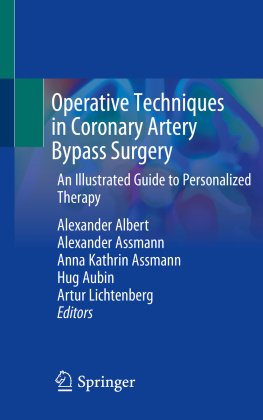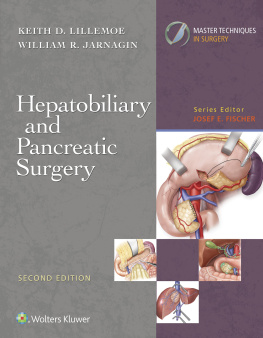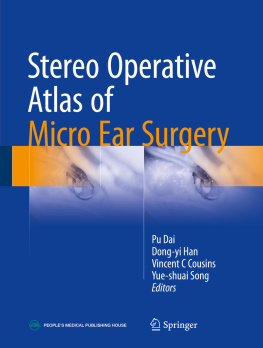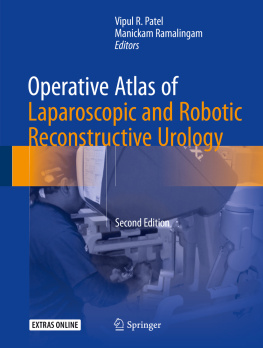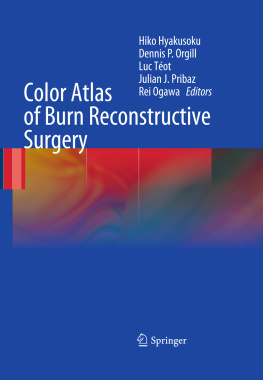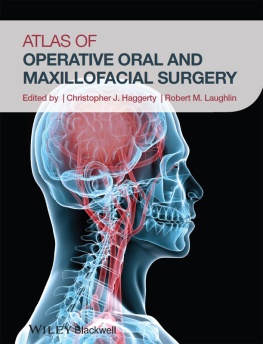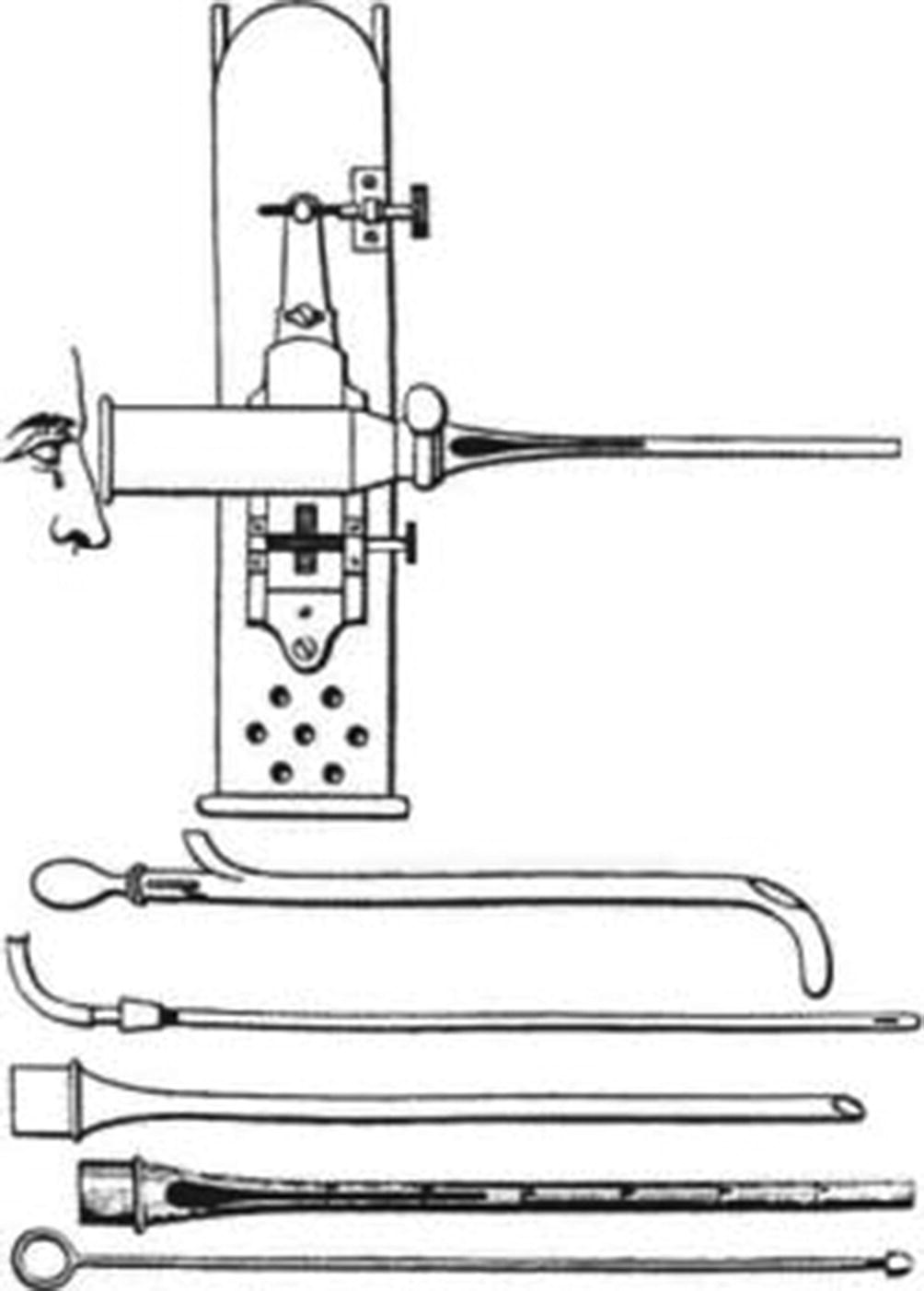Yi Zhang - Atlas of Thoracoscopic-lapacoscopic Esophagectomy
Here you can read online Yi Zhang - Atlas of Thoracoscopic-lapacoscopic Esophagectomy full text of the book (entire story) in english for free. Download pdf and epub, get meaning, cover and reviews about this ebook. year: 2018, publisher: Springer, genre: Home and family. Description of the work, (preface) as well as reviews are available. Best literature library LitArk.com created for fans of good reading and offers a wide selection of genres:
Romance novel
Science fiction
Adventure
Detective
Science
History
Home and family
Prose
Art
Politics
Computer
Non-fiction
Religion
Business
Children
Humor
Choose a favorite category and find really read worthwhile books. Enjoy immersion in the world of imagination, feel the emotions of the characters or learn something new for yourself, make an fascinating discovery.
- Book:Atlas of Thoracoscopic-lapacoscopic Esophagectomy
- Author:
- Publisher:Springer
- Genre:
- Year:2018
- Rating:5 / 5
- Favourites:Add to favourites
- Your mark:
Atlas of Thoracoscopic-lapacoscopic Esophagectomy: summary, description and annotation
We offer to read an annotation, description, summary or preface (depends on what the author of the book "Atlas of Thoracoscopic-lapacoscopic Esophagectomy" wrote himself). If you haven't found the necessary information about the book — write in the comments, we will try to find it.
This Atlas provides an easy-to-follow operational guide to laparoscopic techniques. It features a wealth of photos to illustrate esophageal carcinoma surgery.
Through step-by-step anatomical photographs, it clearly depicts the Ivor-Lewis operative and Ivor-Lewis-Mckeown operative techniques. Using a consistent format, it addresses the clinical anatomy, pre-operative considerations, operative steps, post-operative care, and pearls and pitfalls to make it easy-to-read.
The authors emphasize the similarities of the principles and steps between open and laparoscopic surgery, which significantly simplifies the transition from one practice to the other. This Atlas also includes a description of anesthesia techniques, a guide to the use of staplers in laparoscopic surgery, and a comparison of the energy sources available for laparoscopic surgery, while also outlining future developments, e.g. the increasing prevalence of robotic surgery for these procedures.The Atlas offers an essential guide for practitioners and trainees, laparoscopic and thoracoscopic surgeons, and experienced esophageal surgeons who are preparing to change to minimal invasive techniques for the management of esophageal carcinoma. It will also benefit all surgeons who are seeking clear photos detailing how to perform these esophageal carcinoma operations.
Yi Zhang: author's other books
Who wrote Atlas of Thoracoscopic-lapacoscopic Esophagectomy? Find out the surname, the name of the author of the book and a list of all author's works by series.

